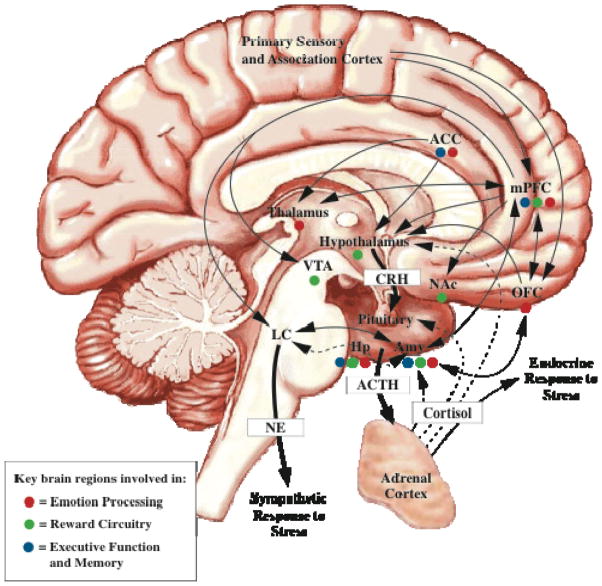Figure 1. Brain Regions Involved In the Stress Response.
As discussed in the text, several brain regions and interconnected neural circuits that regulate emotion, reward, and executive function are also involved in the stress response. Given the overlap in the stress system and these other brain circuits, it is not surprising that severe stress in the form of child maltreatment is associated with increased risk for a range of psychiatric and substance use disorders which are frequently comorbid with one another.
Key: ACC=anterior cingulate cortex; ACTH=adrenocorticotropin hormone; Amy=amygdala; CRH=corticotropin releasing hormone; Hp=hippocampus; LC=locus coerelus; mPFC=medial prefrontal cortex; NAc=nucleus accumbens; OFC=orbitofrontal cortex; VTA=ventral tegmental area. (Adapted from Kaufman and Weder, 2010).

